<h2> Detailed Rotor Balancing Process </h2>
<h3> Getting the Equipment Ready </h3>
<ul>
<li> vibration sensors, optical speed sensor, magnetic base, software package, and included accessories. </li>
<li> Set up the instrument and connect it to your computer via USB. Verify that the software is correctly installed. </li>
</ul>
<h3> Setting Up the Sensors </h3>
<ul>
<li> Mount the vibration transducers securely on the machine's housing where vibrations are most pronounced, typically near the bearings. </li>
<li> Direct the laser speed sensor towards the rotor and affix reflective tape to the rotor surface to facilitate phase angle measurement. </li>
</ul>
<h3> Launching the Software </h3>
<ul>
<li> Launch the Balanset software on your computer. </li>
<li> Choose the correct balancing method (single or two-plane) according to the rotor configuration and the balancing task. </li>
</ul>
<h3> Initial Vibration Measurement </h3>
<a href="
https://vibromera.eu/wp-content/uploads/2024/11/2-Camera_01.png" target="_blank">
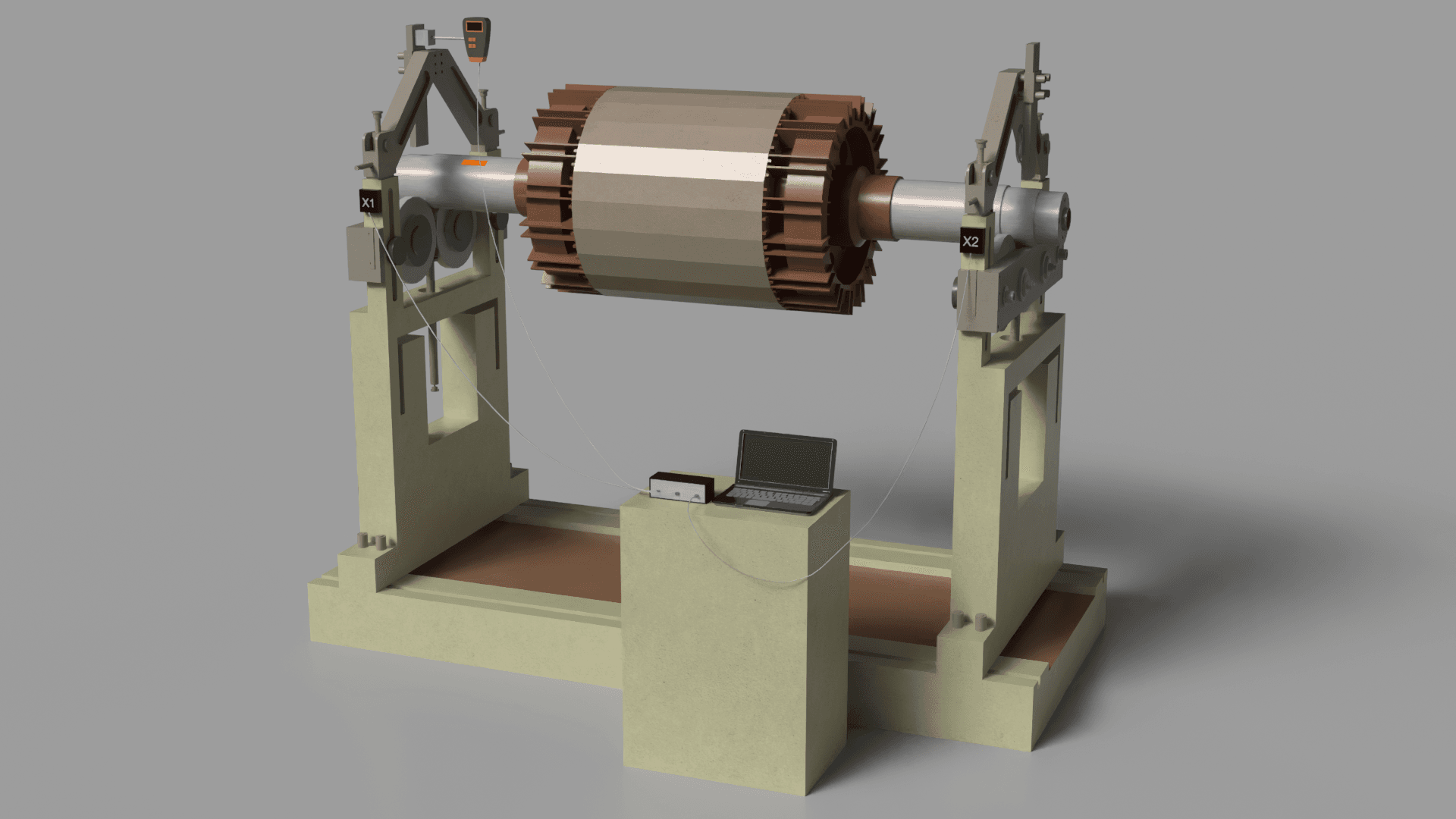
[/url]
<ul>
<li> Operate the rotor at its intended working speed. </li>
<li> The program will record the vibration amplitude, rpm, and phase, providing a baseline measurement of the existing imbalance. </li>
</ul>
<h3> Trial Weight Installation </h3>
<a href="
https://vibromera.eu/wp-content/uploads/2024/11/3-Camera-2_01.png" target="_blank">
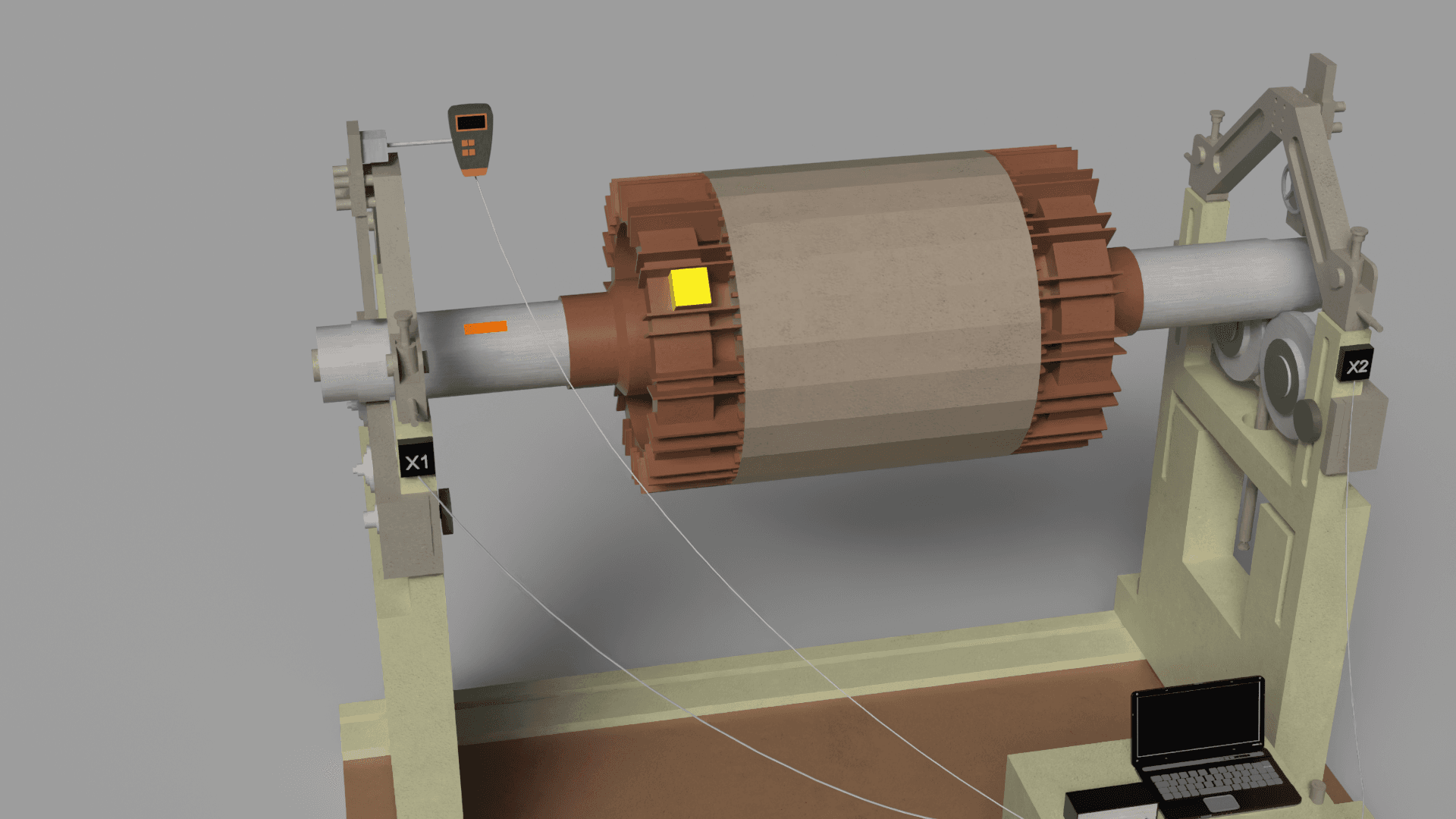
[/url]
<ul>
<li> Halt the rotation and mount a test weight at a designated position on the rotor, with the weight's value entered into the software (usually in grams). </li>
<li> Restart the rotor, and the software will record the changes in vibration level and phase angle. </li>
</ul>
<a href="
https://vibromera.eu/wp-content/uploads/2024/11/5-Camera_01.png" target="_blank">
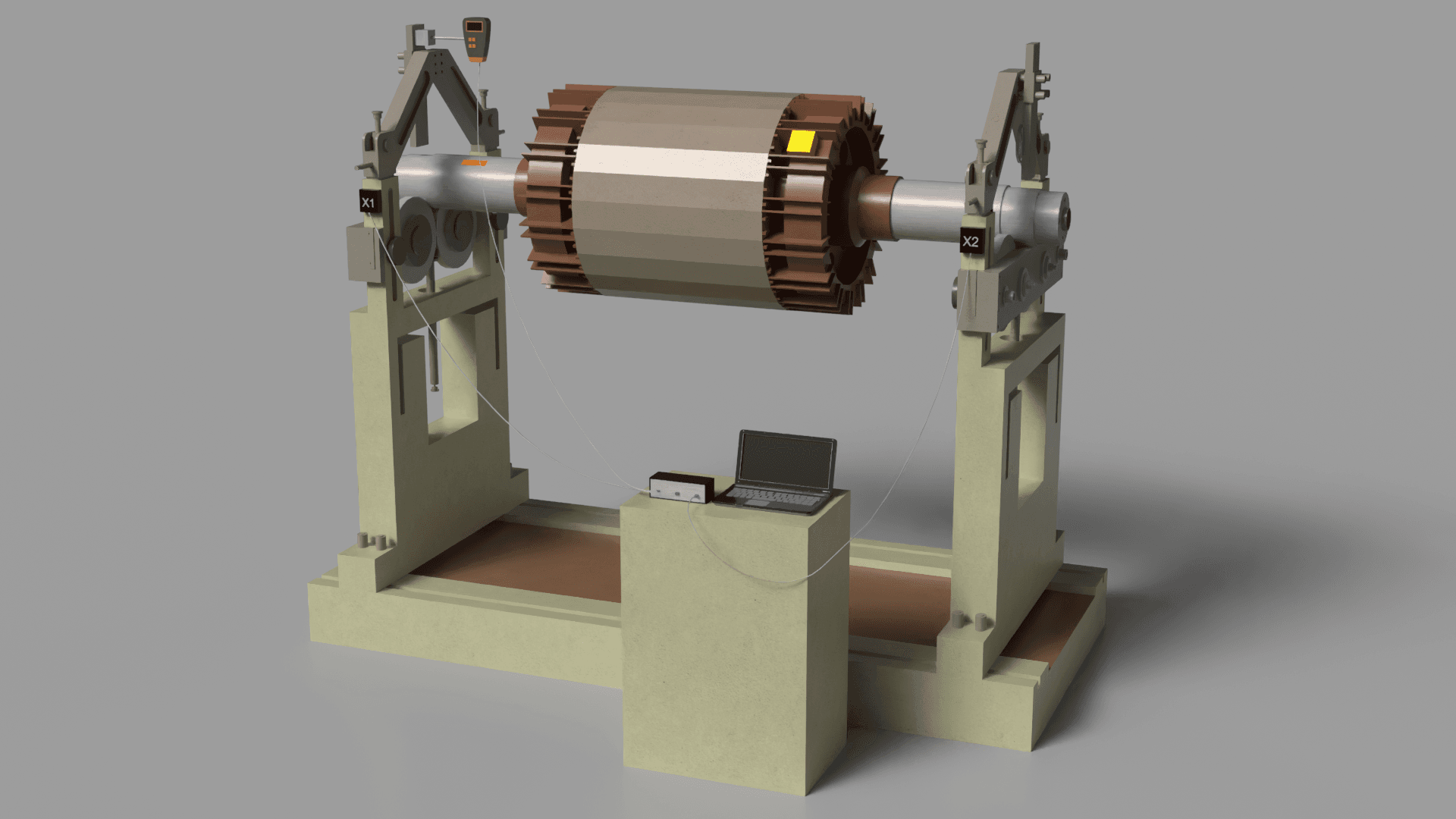
[/url]
<h3> Computing the Compensating Weight </h3>
<ul>
<li> Based on the measured data, the software automatically calculates the correction weight parameters: mass and installation angle. </li>
<li> The calculated values are presented on-screen in both numerical and graphical formats. </li>
</ul>
<a href="
https://vibromera.eu/wp-content/uploads/2024/02/Bs1ManualEngV156-May2023-10448629.png" target="_blank">
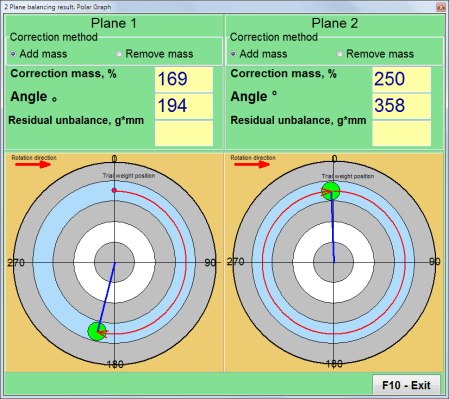
[/url]
<h3> Mounting the Compensating Weight </h3>
<ul>
<li> Mount the calculated corrective weight onto the rotor at the specified location and angle. </li>
<li> You can conduct interim measurements to confirm that the imbalance is decreasing as expected. </li>
</ul>
<a href="
https://vibromera.eu/wp-content/uploads/2024/11/1-Camera-2_01.png" target="_blank">
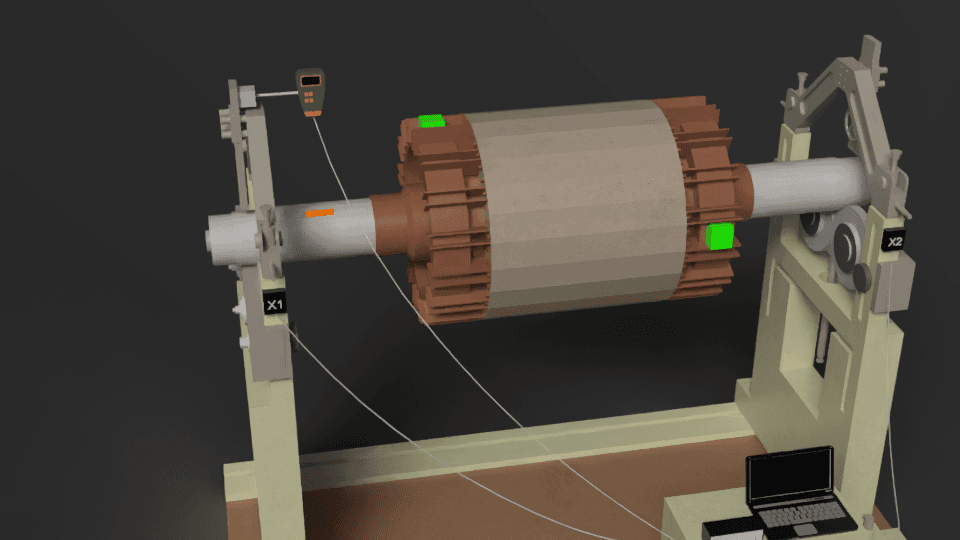
[/url]
<h3> Final Check and Balance Confirmation </h3>
<ul>
<li> Once the corrective weight is in place, restart the rotor and measure the remaining vibration amplitude. </li>
<li> If the measured vibration falls within the tolerance defined by ISO 1940, the balancing process is considered successful. </li>
<li> If the vibration level remains high, repeat the process with further weight adjustments. </li>
</ul>
<h3> Creating a Balancing Report </h3>
<ul>
<li> All balancing results are logged and archived within the software, from which you can produce a printable report summarizing the vibration levels, compensating weight, and its installation position. </li>
</ul>
<h3> Final Recommendations </h3>
<ul>
<li> Verify the secure attachment of all balancing weights and measurement sensors. </li>
<li> Check that the rotor's rotation is smooth and free from undue noise or vibration. </li>
<li> If the rotor operates within a larger assembly, check the functionality and interplay of all interconnected parts. </li>
</ul>
<p> Following this procedure enables accurate balancing, minimizes vibration, and prolongs the service life of the equipment. </p>
Instagram:
https://www.instagram.com/vibromera_ou/ Youtube :
https://youtu.be/guA6XJ-ArZM?si=vmkuX7RILzKBl0zL Our website about <a href="
https://vibromera.eu "> Balancing of fan impeller and other rotors [/url]